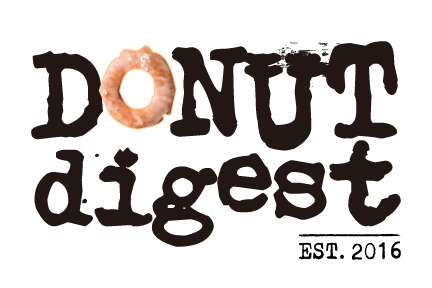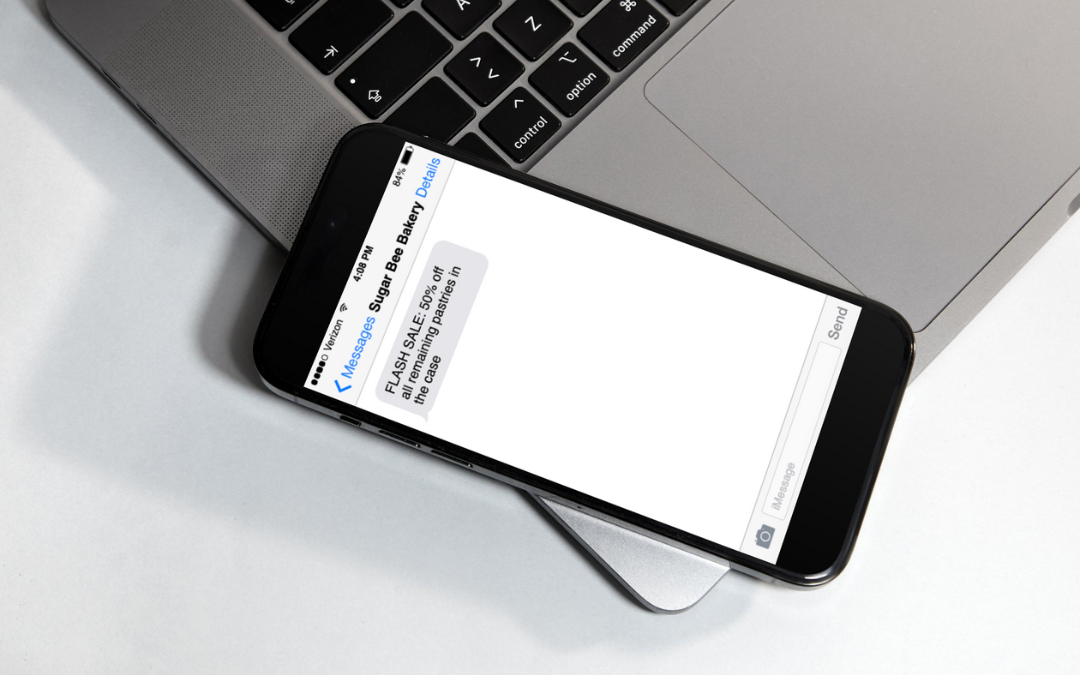Part 2: The Ultimate Guide to Email and Text Message Marketing for Bakeries
The digital marketing landscape offers various tools to engage and retain customers. Email and text message marketing stand out as two powerful methods, especially for restaurants and bakeries. Understanding their differences, benefits, and when to use each can elevate your marketing strategy. Let’s dive in.
Understanding Text Message Marketing
Text message marketing, another permission-based marketing strategy, involves sending targeted messages to customers who have opted in. In 2024, this category includes SMS (Short Message Service) and MMS (Multimedia Messaging Service) messages.
SMS vs MMS
SMS
SMS, the more common form of text messaging, is constrained to 160 characters and excludes images, videos, or advanced formatting. It’s a straightforward and budget-friendly option, suitable for simple promotions.
MMS
Allows multimedia content like images, videos, and more characters. This option is typically used by larger chain restaurants due to the higher costs associated with multimedia messages.
A note about RCS
Even though mobile phones have evolved drastically since the early 2000s, the messaging protocols through which people communicate haven’t — yet.
Rich Communications Services (RCS) is the next generation of text messaging. It’s poised to replace SMS in the coming years, offering features similar to popular messaging apps like iMessage. With no character limit, typing indicators, and the ability to send files, RCS provides a more rich and interactive communication experience.
Keep an eye on the adoption of RCS in text message marketing to stay ahead of the curve and leverage its potential benefits.
Pros and Cons of Text Message Marketing
Benefits of Text Message Marketing
For an independent restaurant operator, text message marketing platforms are becoming more cost-effective and easier to use than ever before. You can expect:
- High Open Rates: Text messages boast a staggering 98% open rate. Most people will open a text message because it triggers a notification, making it hard to ignore.
- Immediate Engagement: Text messages are ideal for time-sensitive, transactional offers. For instance, sending out a last-minute deal for perishable items can boost sales quickly.
- Better Deliverability: Unlike emails, which may end up in spam folders, text messages have a higher deliverability rate as they go straight to the recipient’s phone.
- No Internet Required: Text messages don’t rely on an internet connection, making them highly reliable.
Disadvantages of Text Message Marketing
While text message marketing is a valuable tool, it’s not a complete replacement for email marketing. Instead, it’s a complementary channel that can enhance your overall marketing strategy.
Here are some key points to keep in mind:
- Cost: Text message marketing can be more expensive than email marketing, especially for large subscriber bases.
- Frequency: Overwhelming customers with frequent text messages, particularly during the early morning hours, can lead to subscriber irritation. It’s crucial to strike a balance between engagement and avoiding spam.
- Value: While discounts can be effective, ensure your messages offer valuable content beyond promotions. Avoid creating a “discount fatigue” effect, similar to Bed, Bath & Beyond.
By carefully considering these factors, you can leverage text message marketing as a valuable tool to enhance your overall marketing strategy without annoying your customers.
The Strengths of Email Marketing
Email marketing has been a staple in digital marketing due to its versatility and cost-efficiency.
Advantages of Email Marketing
- Cost-Effectiveness: Although not entirely free, email marketing is generally less expensive than text message marketing, especially at higher volumes.
- Customization & A/B Testing: Emails allow extensive customization, including fonts, colors, images, videos, and layout. A/B testing further maximizes effectiveness by determining which versions perform better
- Segmentation & Automation: You can segment your email list into different customer categories (e.g., gluten-free, vegan) and tailor your messaging accordingly. Email automation also lets you set up sequences based on customer behavior.
- Organizational Features for Recipients: Emails can be flagged, starred, categorized, and saved for future reference, offering a more organized engagement method. This is advantageous for messages you want customers to revisit.
When to Use Text Message Marketing
Text messages are best for:
- Immediate, time-sensitive offers: Perfect for promoting flash sales, special events that require RSVPs, or contests like a catering giveaway.
- High-priority updates: Changes in operating hours or emergency notifications
- Customer feedback: Send a link to a survey in exchange for prizes. Tools like Ovation can automate customer feedback processes through text.
This Reddit user provides a helpful (and funny) perspective on the value of text message marketing for those who have opted in:
Comment
byu/jmankyll from discussion
inrestaurantowners
When to Use Email Marketing
Email marketing is ideal for:
- Detailed content: Newsletters, event announcements, and comprehensive updates that benefit from visual and textual elaboration.
- Promotions requiring visual appeal: Coupons, special offers, and festive promotions can be made visually attractive.
- Customer retention and education: Series of welcome/promotional emails, community events, recipe shares, or updates about new menu items.
Integrating Both Strategies
Using both email and text message marketing in tandem can create a robust strategy. Start with email marketing to build your list and maintain regular engagement. Integrate text message marketing for immediate, actionable offers and critical updates.
Recommended Tools for Text Message Marketing
To get started with text message marketing, explore tools like:
- Ovation: Designed for customer feedback through text, Ovation allows you to engage customers post-purchase with automated follow-ups and feedback loops. It also supports regular marketing messages.
- Your POS system: Many cloud-based POS systems like Square and Toast now have SMS marketing tools that allow you to send and schedule text campaigns to guests.
- Your ESP: Mailchimp and Constant Contact are now offering SMS add-on services. This is a great option if you’re already using those platforms as your email service provider.
Looking for a more comprehensive marketing platform that also includes text message marketing? Try:
Conclusion
Balancing email and text message marketing boosts reach and engagement. Text messages offer immediacy and high open rates, while emails allow in-depth, customizable communication that feels less invasive. Understanding the strengths and optimal uses for each will enable you to craft a seamless and effective marketing strategy.
Whether you’re sending out last-minute bakery specials or detailed newsletters, a well-rounded approach to digital marketing can significantly benefit your restaurant or bakery.
Looking for more?
Click here for part 3 of the email marketing series as we dive into various email service providers, catering to both beginners and advanced users. I’ll help you navigate the tools to enhance your email marketing efforts effectively.


